Let’s put your identification skills to the test! Can you figure out what is hidden in this picture? Make your guess in the comments.
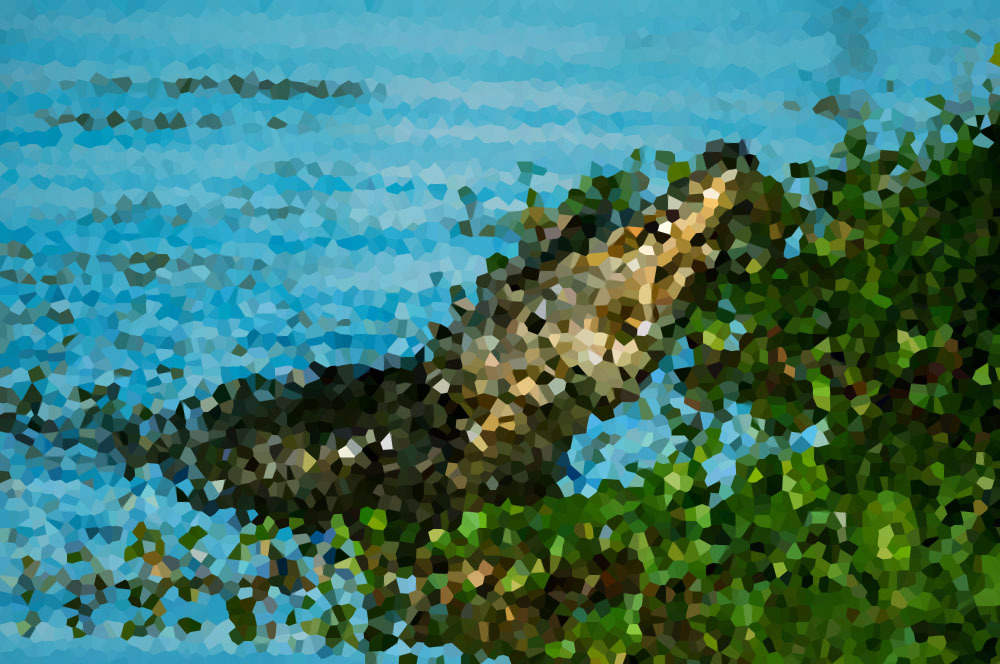
Let’s put your identification skills to the test! Can you figure out what is hidden in this picture? Make your guess in the comments.


It’s the holiday season! This magical time is filled with laughter, cheer, and a lot of stories—some are true, and others, well, they’re false! Are you ready to become a holiday myth-busting champion? Let’s see how many of these holiday questions you can guess correctly.
Think you’ve got the facts down? Now let’s turn that knowledge into action! Go beyond the quiz—log your climate-friendly habits in the app and be part of the Myth-Buster Challenge. Let’s make a real difference this holiday season!

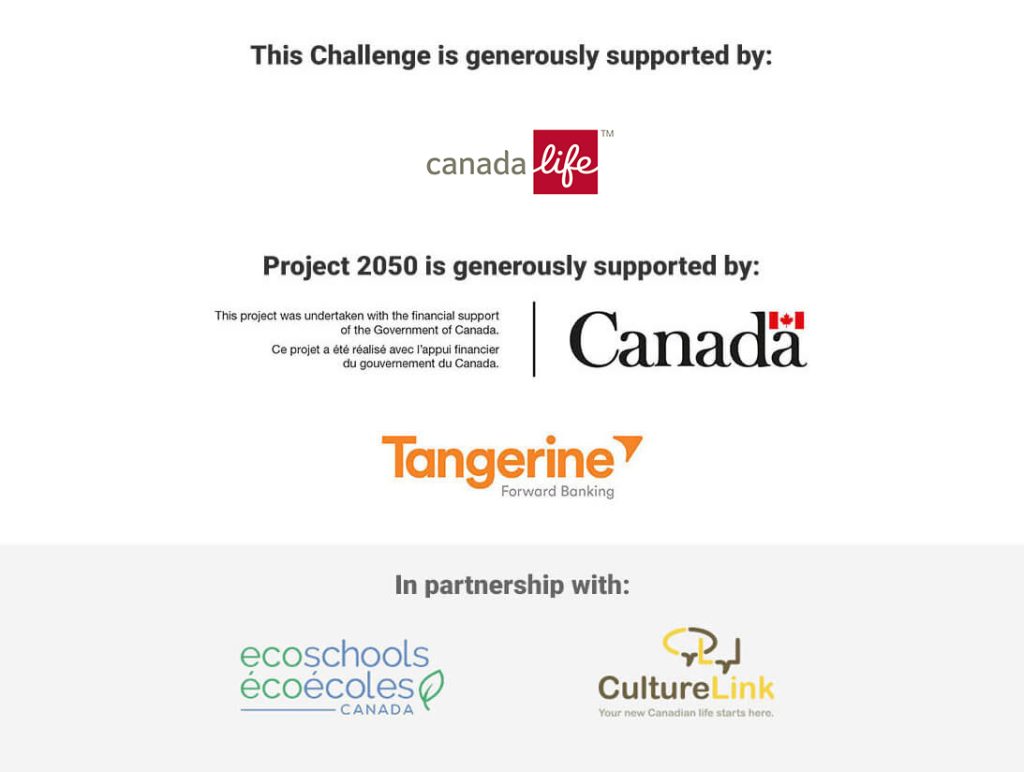
Happy holidays from me – Holly, your Earth Ranger’s gift specialist! What’s that you say? You’re not out of school yet? Well, you can still plan your winter gifts anytime, can’t you? Animals like me don’t have school, so we have all the time in the world to think up AWESOME GIFTS!

What’s all the hubbub about gifts? Simple! Earth Rangers asked me to share my gift-giving knowledge with all of you. Since it can be easy to forget about protecting the planet during the festivities, I figured why not help you find special gifts that also fight climate change? So, I’ve prepared a handy guide to help!

Did you know that in winter plants reduce their photosynthesizing, releasing more carbon dioxide back into the air? And people also spend more carbon emissions while traveling for their holidays. Cutting back in small ways, on your car travel for example, even if it’s just a little can make a huge difference.
If you are a Carbon Footprint Investigator, you probably know all about ways to reduce your carbon footprint. But did you know you can also do so when shopping for gifts? Here are a few ways how:

See? There are a TON of ways to help the planet while spreading winter joy. Be sure to check out the Creative Corner in the Earth Rangers app where you’ll find fun ideas like how to make a Moose Card, Pine Tree Cookies, or plenty of other fun crafts and recipes to DIY your gifts.
Ready to take your gift-giving skills to the next level? Join the Carbon Footprint Investigation mission today and find even more ways to shrink your carbon footprint this winter!
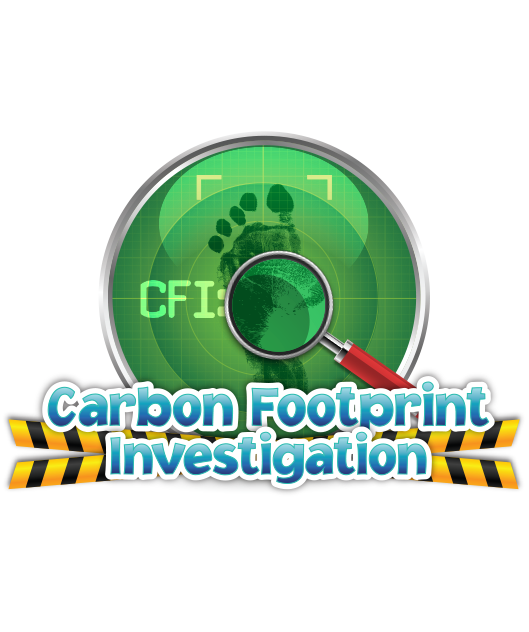
Did you know you can lower your carbon footprint by making smarter choices when you shop? Learn more in the Carbon Footprint Investigation Mission in the Earth Rangers App!

We need your help! This animal is trying to tell us something but we can’t figure it out! Do you know what these two monkeys are saying?
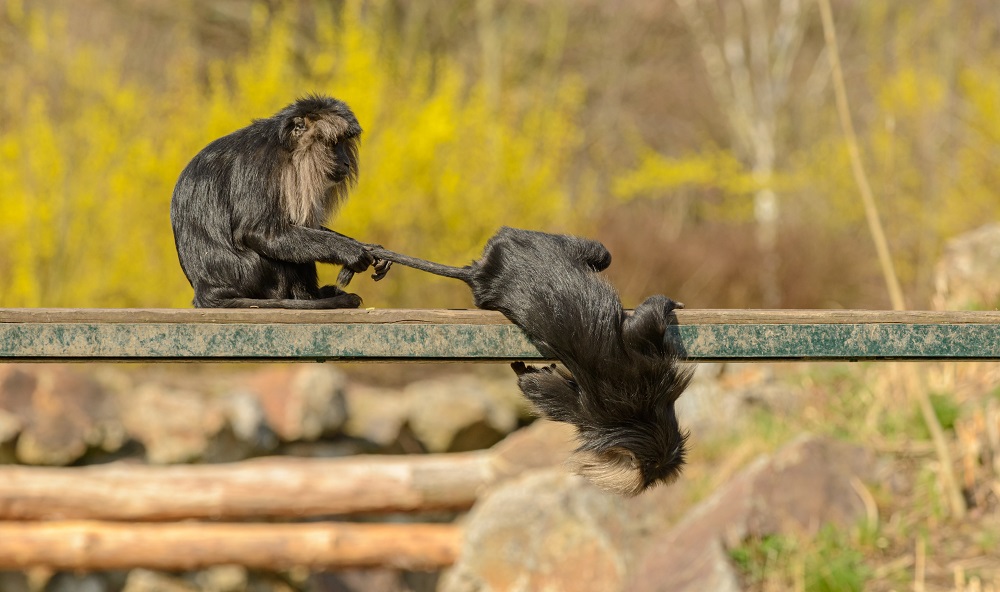
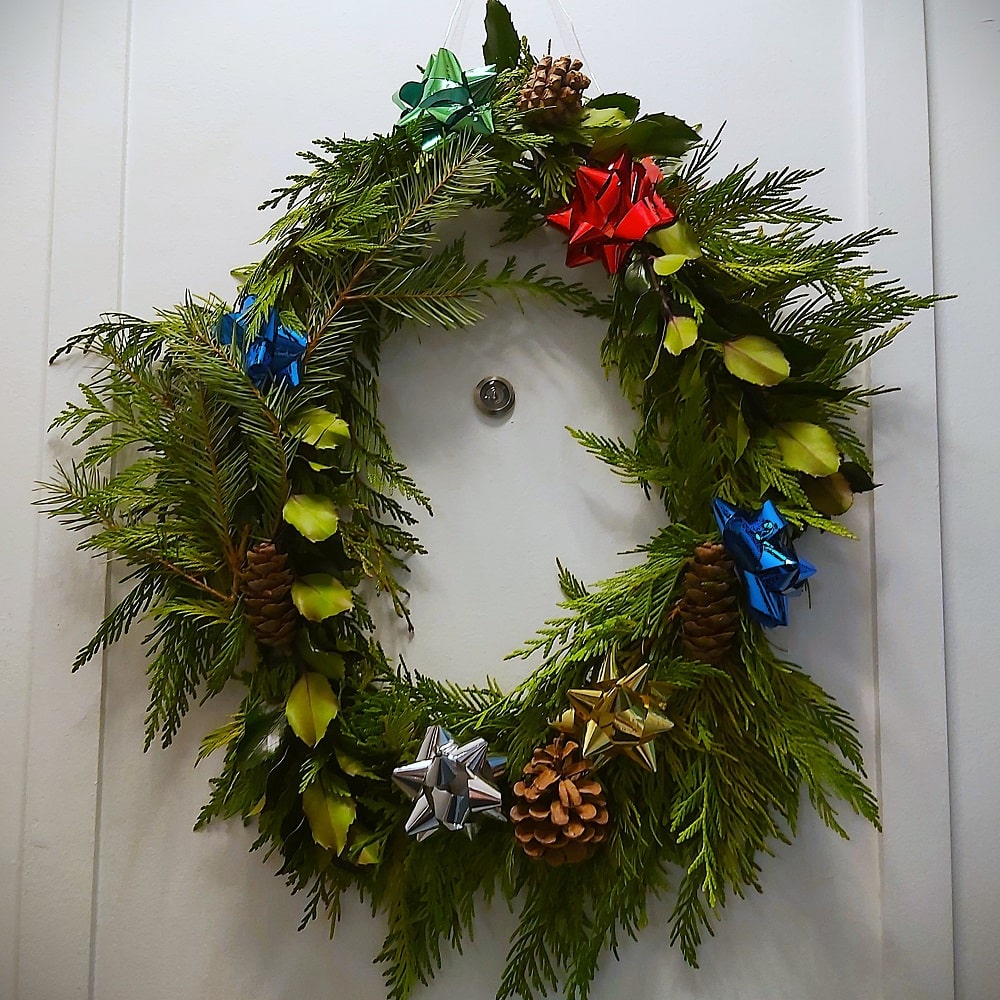
A great way to add a pop of colour into wintery white scenes around your home is to hang up a wreath or two. And the best thing about them is you can make them yourself, using natural materials!
Step 1: Collect branches from the forest floor, or cut some branches from the trees on your property for fresh scents – they can be from evergreens with lots of needles, birch trees for different colours, or really any other tree! The best branches are ones that are skinny and easily bend without snapping.
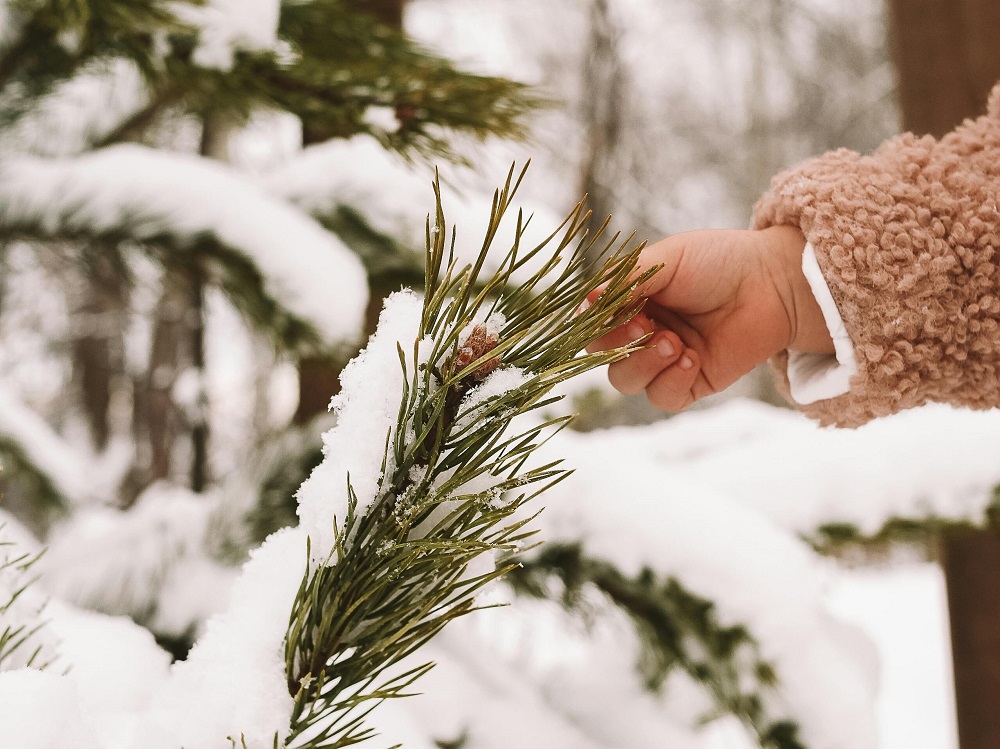
Step 2: Bunch together several sticks at the base of the branch and use floral wire to secure them to a circle of sturdier wire or a wreathe form (easily found at a local craft or dollar store).
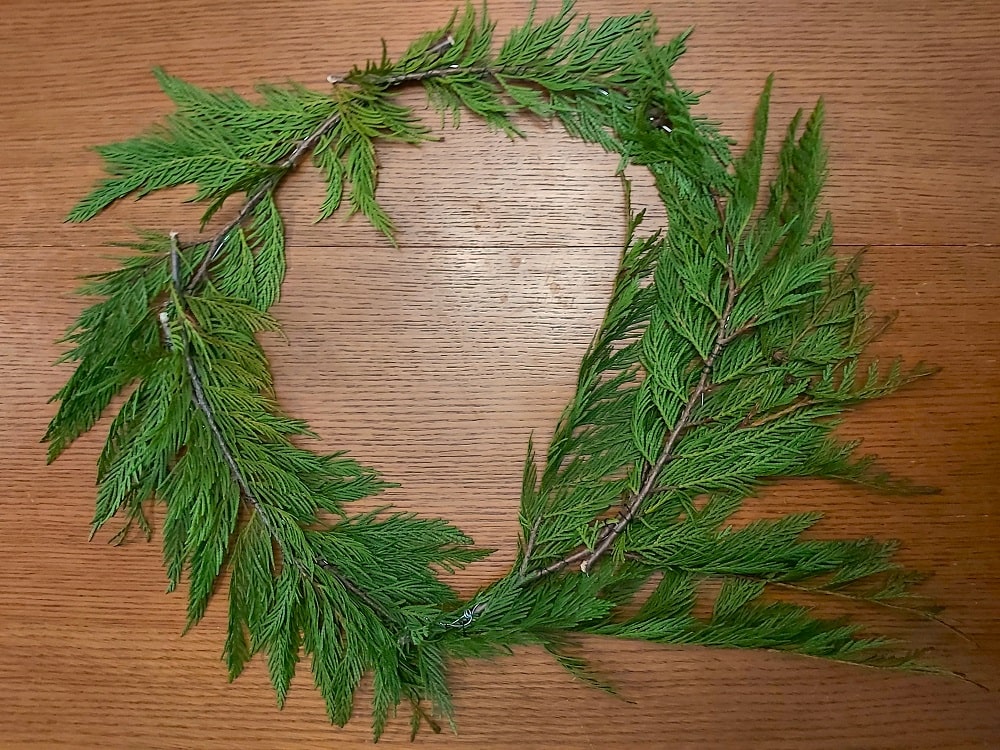
Step 3: Continue this process until you’ve filled your circle, making sure to use the “fluffy” tail end of each bundle to hide the wiring of the previous one.
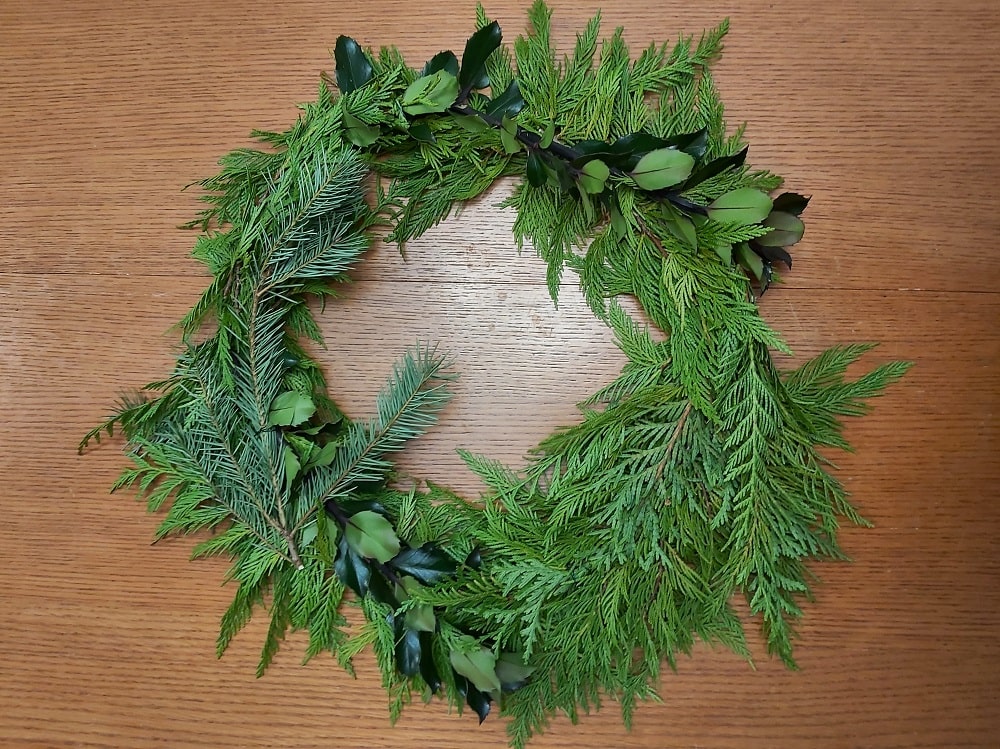
Step 4: Now decorate it! Here are some ideas to weave through the branches and make it truly your own:
TIP: Remember to reuse! If you’re using lots of fresh evergreen sprigs, even if they do dry out before next year, you can always replace what doesn’t keep for another year of proudly displaying your sustainable creation!
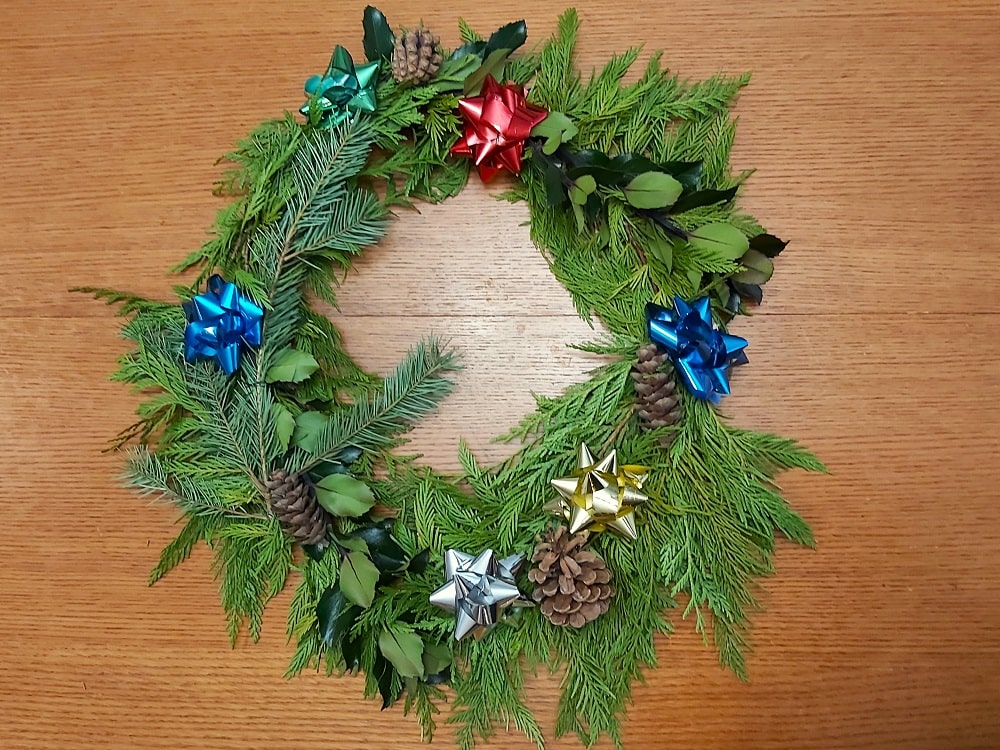
Back in July, we asked Earth Rangers across Canada to celebrate Christmas a little early. We challenged all you budding artists to design a holiday card that celebrates the beauty of trees in wintertime. As a bonus, we asked you to use earth-friendly materials–recycled paper, found forest materials, or magazines cut up and collaged.
And wow, did you deliver! The winner of this year’s contest is… festive drumroll, please…

Sera’s beautiful painting of a lone tree against a gorgeous wintertime sky (look at that beautiful aurora borealis!) won this year’s grand prize. Her artwork will be featured on FPAC’s holiday card this year!
Sera also won a gift bag full to the brim with artistic goodies: a painting set, a cedar pencil, a notebook, and more! Our two runners-up also took home a prize pack! Check our their beautiful artwork below.


Congratulations to the winners of this year’s contest, and big thanks to everyone who submitted their beautiful artwork!
Missed your chance to enter? Don’t worry! You can always find fun contests, activities, and eco-challenges in the Earth Rangers App!
The Christmas in July Contest is generously supported by:


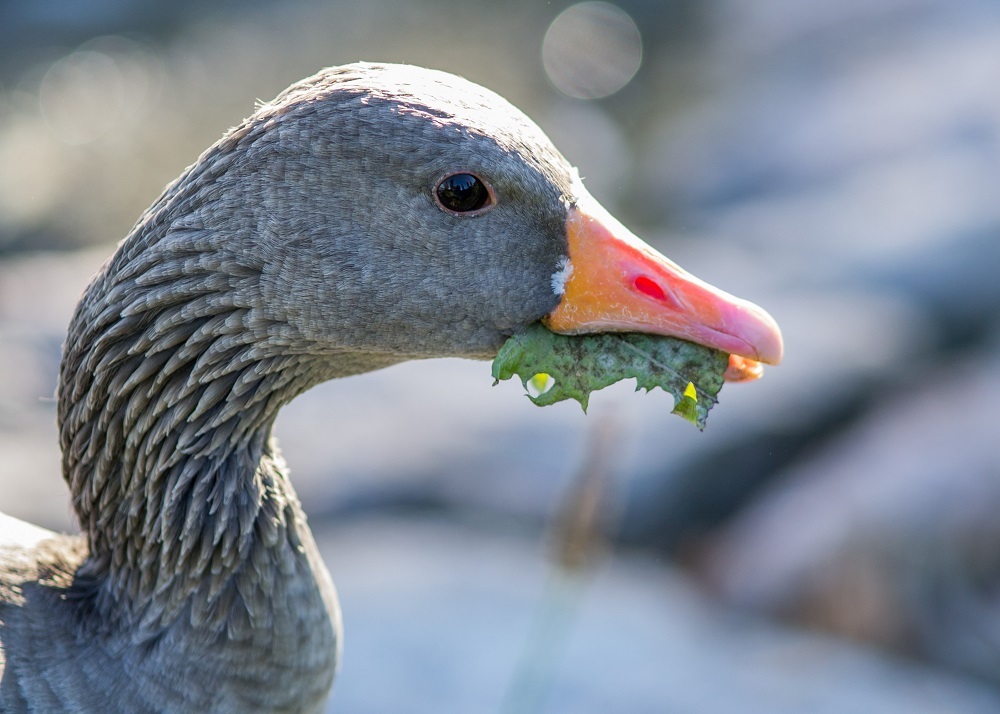
Put it on my bill.
We got tons of great guesses on Part 1 of this Pixel Puzzler and now it’s time for the answer. Are you ready for the great reveal? Find out if you got it right!
The answer to this Pixel Puzzler is (drum roll please) An antelope! How did you do? Tell us in the comments!
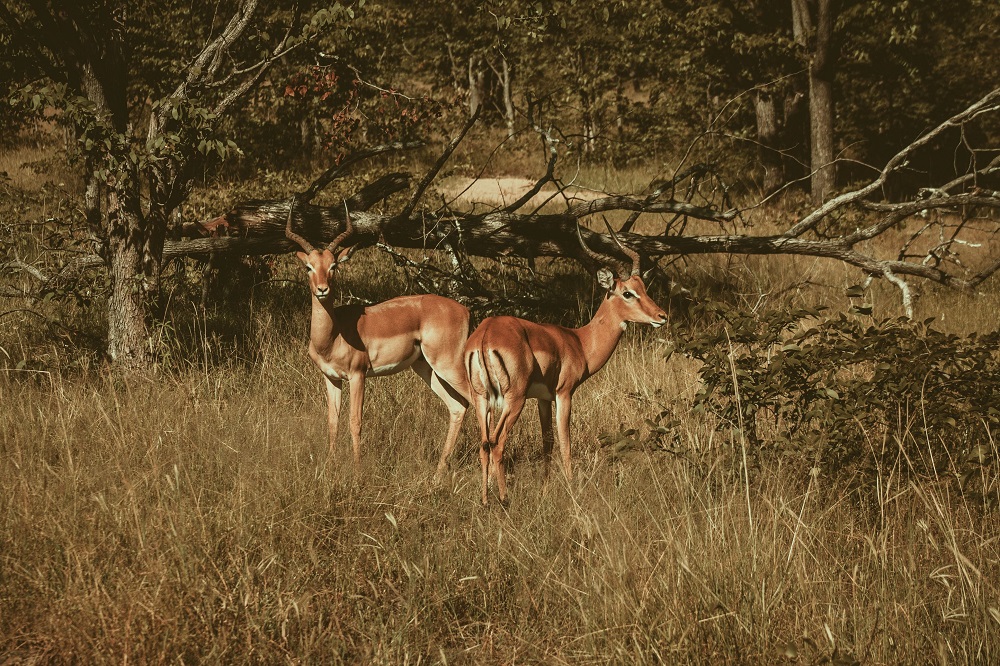
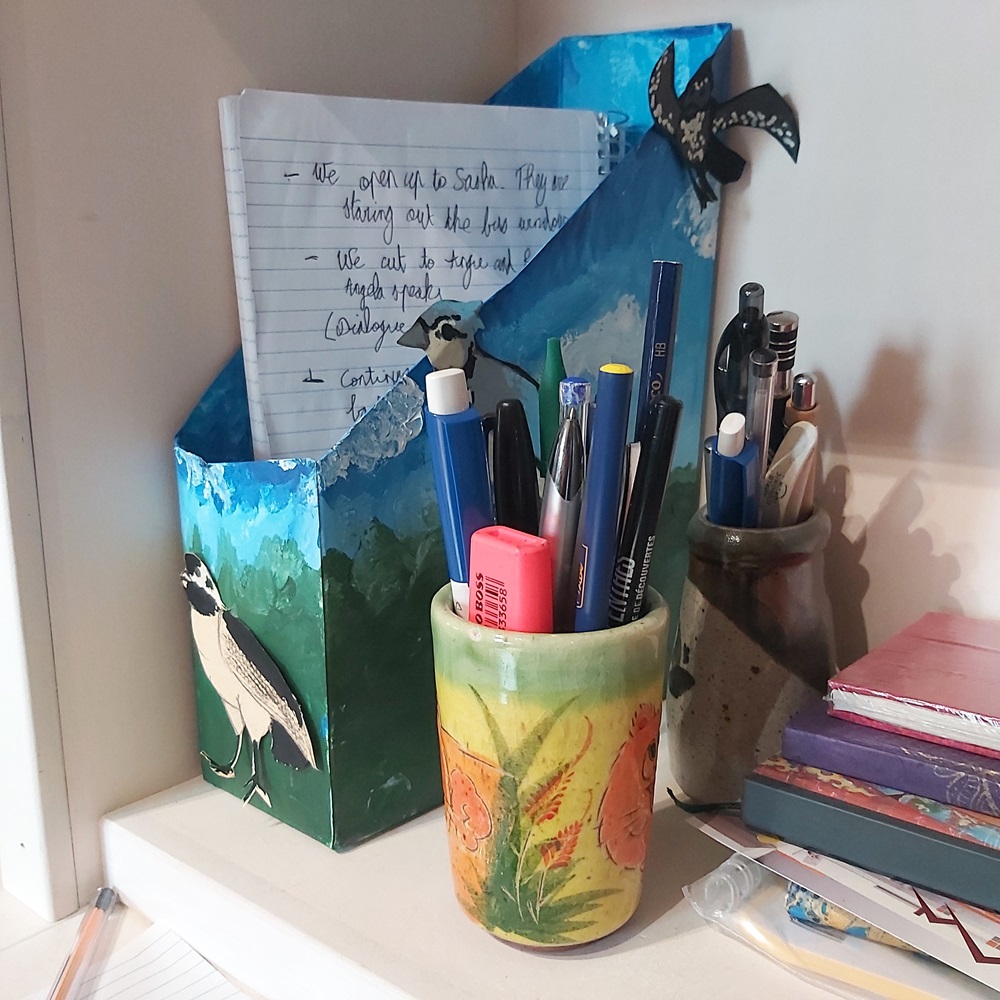
Your homework will be im-peck-ably organized!
Step 1: On the wide side of the cereal box, measure 15 cm from the bottom of the box. Make a mark with your pen. Turn your box around to the other wide side and do the same thing.

Step 2: Use your ruler to draw a line from the top of your cereal box on an angle down to the mark you made. Do this on both sides. Draw a line across the short side of the box connecting the marks.

Step 3: Cut along all the lines. You should now have a box that looks like this:

Step 4: Paint your box so that the bottom half is the ground (in green) and the top half is the sky (in blue). Use the white paint to add clouds. Let it dry.

Step 5: Cut out birds from your scraps of paper. Glue them all over your box! Need some feathery inspo? Check out this excellent blog entry!

Step 5: Whenever you get homework, put it in the organizer. That way, you’ll always know where your assignments are!


Three years ago, Earth Rangers launched Project 2050: Climate-Friendly Habits to Change the World—an initiative inspired by Canada’s goal of reaching net-zero emissions by 2050. Through fun, themed challenges, kids aged 6 to 12 from coast to coast have come together to take action, learning how small changes to their daily habits can make a difference for the planet.
From tackling plastic waste in the Rangers vs. Plastic Challenge to debunking climate change myths in the Myth-buster Challenge, participants log their climate-friendly actions every day. Whether it’s choosing reusable containers, reducing energy use by unplugging devices, or learning how small actions—like unplugging electronics—help lower carbon footprints, each action is part of a bigger effort toward reducing our environmental impact.
With each habit logged, Earth Rangers are doing their part to help Canada work toward its net-zero target. While individual actions alone aren’t enough to solve the climate crisis, they are an important piece of the puzzle—showing that every contribution, no matter how small, is meaningful. Together, we’re demonstrating that climate action can be both fun and impactful, empowering the next generation of environmental leaders.
Want to inspire your child to take action on climate change? Download the Earth Rangers App and help them join Project 2050!
To date, over 300,000 kids have joined Project 2050, empowering them to take action on climate change in a fun and engaging way. This milestone wouldn’t be possible without the support of our incredible partners, supporters, and educators.
For teachers and educational professionals, our Homeroom hub offers free resources to bring climate education into classrooms and eco-clubs. From hands-on activities to lesson plans, Homeroom makes it easy to inspire the next generation of environmental change makers.
Megan’s story is a great example of how kids participating in Project 2050 are turning what they learn into real action. Through simple, meaningful habits like composting and reducing waste, Megan is showing how small changes can have a big impact.
Megan, 13, New Brunswick
Participating in Project 2050 has helped me learn more about climate change and helping the environment by reducing waste, composting, and walking.
I joined our school’s compost crew to help minimize garbage and convert it into compost. It is a way of recycling organic materials to be used as plant fertilizer and to improve the soil’s physical, chemical, and biological properties. This approach benefits the environment by reducing the need for chemical fertilizers, restoring soil fertility, and improving water retention and nutrient delivery to plants. In addition, composting also reduces greenhouse gas emissions by increasing carbon absorption in the soil, which helps climate change. Being a part of our compost team at school and seeing how it impacts on our environment has inspired me to keep on doing it, inside and even outside of school.
Having to do these small things can make a big impact on the environment. Helping the environment could be big for everyone because a clean and healthy environment directly contributes to human well-being. Air pollution, water pollution, and exposure to harmful chemicals can be harmful to human health. Protecting the environment helps mitigate these risks. And it involves efforts to reduce greenhouse gas emissions, mitigate climate change impacts, and work towards a more sustainable and resilient future.
Looking Ahead: The Future of Project 2050
Megan’s story is just one example of how Project 2050 is inspiring kids to take meaningful action on climate change. As we move forward, our goal is to engage even more young people, helping them develop the habits that will make a lasting impact on the environment and encourage continued climate action for years to come.